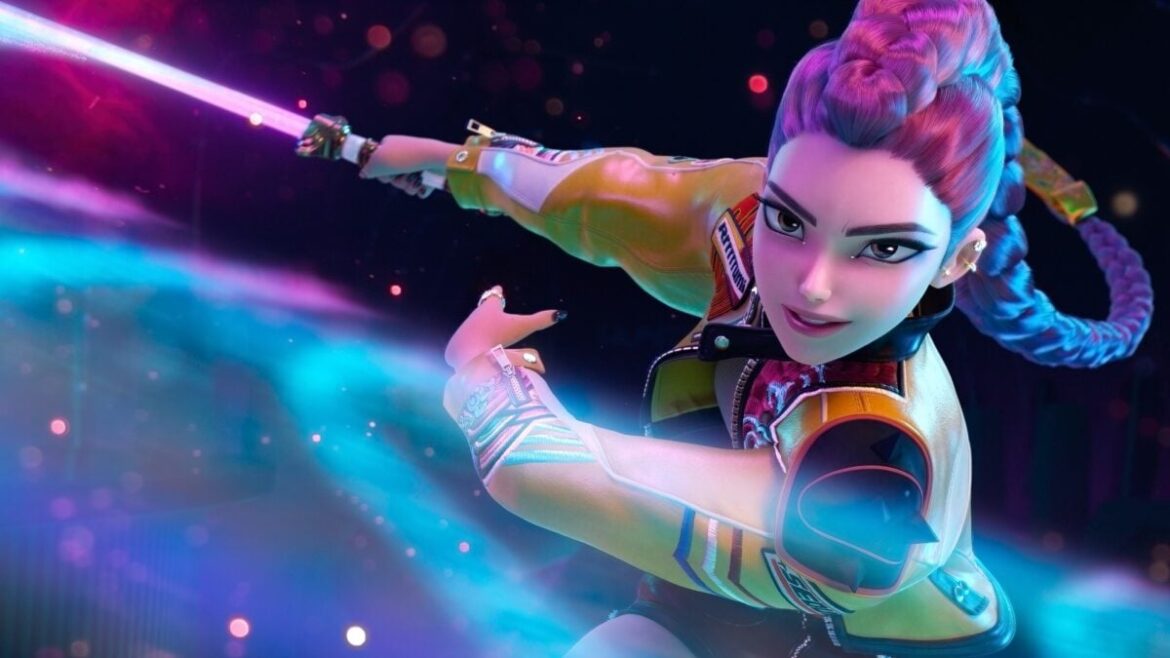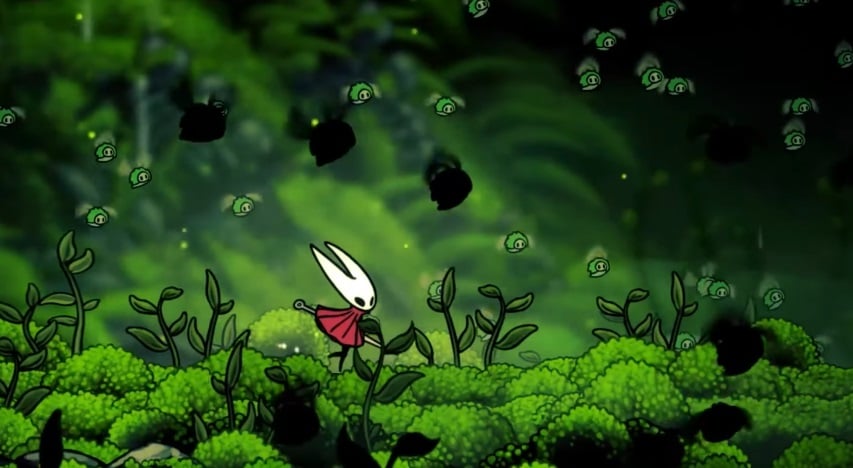A new report has called King’s layoffs “haphazard,” with anonymous sources claiming staff performance didn’t appear to factor into decision-making.
Mobilegamer.biz spoke to multiple King staff members affected by Microsoft layoffs in July, and in a report published on August 26, 2025, claimed morale at the company is “pretty low.”
According to claims by the publication’s anonymous sources, on July 2, 2025, the regular company-wide call was renamed Important Kingdom Update and required mandatory attendance. It was at this meeting that King’s president, Todd Green, allegedly told staff that 200 jobs were to be cut.
Sources alleged that staff were offered a severance package and an exit agreement to sign, with some given three weeks to sign the document. However, some staff had “serious questions” over the terms offered, the publication reports.
“We all took lawyers and they were pretty clear that the proposals weren’t legal,” an anonymous source claimed. “But I decided in the end to sign, simply because I fear getting even less and I don’t believe we can win against a corporation like Microsoft.”
The publication reports that other staff members are proceeding with legal action against King.
The report also claimed the layoffs were “haphazard,” with a senior manager alleging that, while King has a five-point scale for ranking employees’ performance, this “did not seem to factor into who was eliminated.”
“The logic for who has been chosen to be laid off has been hard to figure honestly…the rationale outlined was our heavy management layer and inefficient product development, but looking at the people let go, it doesn’t align,” the senior manager told Mobilegamer.biz.
“It didn’t matter that it was people who worked there for ten or more years or who contributed to the success and earned promotions,” another source claimed. “Performance didn’t matter.”
According to one source, the Farm Heroes Saga team, which reportedly lost half its staff (roughly 50 people), was close to hitting its annual operation plan (AOP) targets, while the company’s catalog games, including Candy Crush, were “far behind their AOP”.
Sources also alleged that some staff were rehired within weeks of being laid off and that some “toxic” managers have been investigated multiple times by Activision Blizzard’s Right Way2Play workplace ethics and conduct team, without repercussions.
“The Right Way2Play is about fostering an ethical, speak up culture,” the code of conduct reads. “It means doing the right thing, even when it’s difficult.
“The Right Way2Play is about taking responsibility. It means a work environment that’s safe, so everyone can bring their creativity. And where we all act with integrity.
“The Right Way2Play means speaking up for ourselves, for each other, and for our community of players. I’m committed to fostering an ethical culture. One that is open, respectful, and inclusive.
“No matter where you work across the globe, or what group you support, we all live by our shared Code of Conduct. And that’s the Right Way2Play.”
However, one source claimed that “HR has often protected toxic leaders and put pressure on the ‘difficult’ employees for reporting the issue.”
“Employees that were vocal and known for being vocal have been targeted by HR on several occasions,” the source alleged.
In July, Mobilegamer.biz reported that laid off King staff would be replaced by the AI tools they helped to create.
“AI was being introduced by Microsoft as mandatory a while ago,” one source told the publication.
“The goal for last year, if I recall correctly, was having a 70 or 80% daily usage of AI on general tasks. And the goal for this year was to get up to 100%, so that every artist, designer, developer, even managers have to use it on a daily basis.”
However, another source alleged that King is “AI sceptic” and AI adoption is “very low apart from ChatGPT.”
This same source claimed that King’s workforce was “bloated” and that “there will definitely be more layoffs.”
GamesIndustry.biz has reached out to King and Microsoft for comment on this story.



